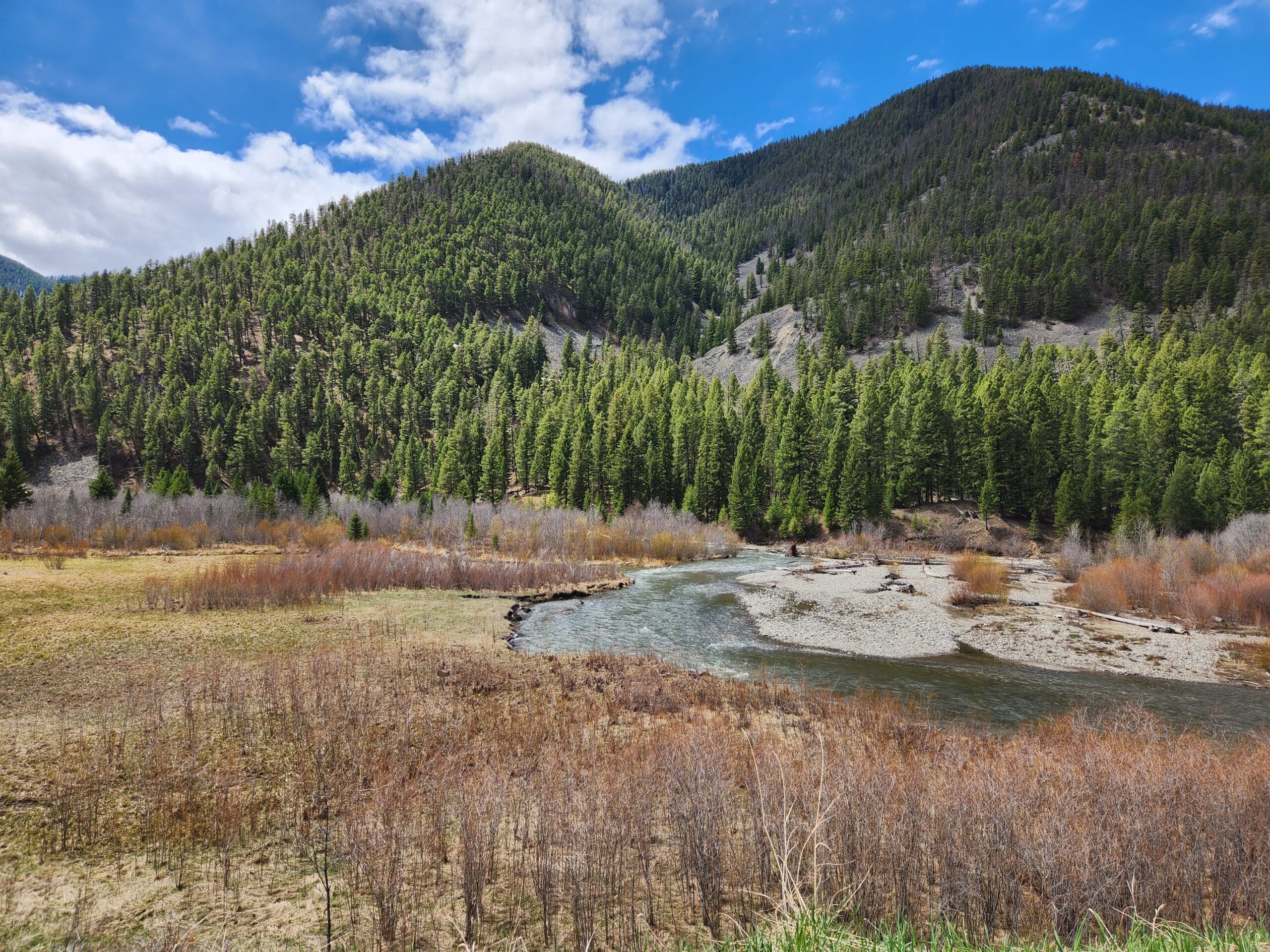Protecting what’s left of Montana’s most iconic cutthroat population
It’s incredible to catch a Yellowstone Cutthroat just outside of America’s first National Park – one that anglers flock to from all around the world to experience. But we’re catching less of them now than ever before. Yellowstone Cutthroat trout now occupy about 43% of their historical stream habitat. Over time, habitat degradation, competition from non-native fish and hybridization has contributed to rapid population decline – a death by a thousand cuts.
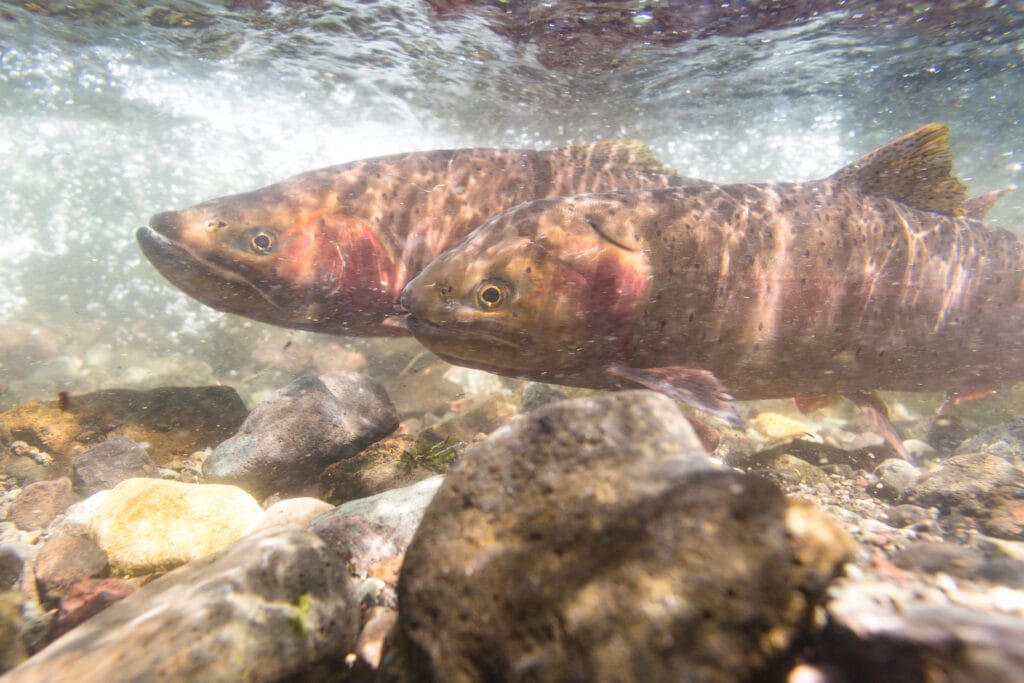
In Mill Creek, one of the largest tributaries to the Upper Yellowstone River outside the Park, Trout Unlimited’s Ashley Brubaker hopes to prevent that. She is partnering with Montana Fish, Wildlife, and Parks (FWP), the U.S. Forest Service (USFS) and local landowners to protect Yellowstone Cutthroat from deadly threats in their historical range.
In the lower reaches of Mill Creek, non-native rainbows hybridize cutthroat, diluting native cutthroat genetics. And non-native brook trout outcompete native cutthroats, reducing survival rates. Luckily, rainbow and brook trout have not yet broached the highest reaches of Mill Creek habitat, where private land turns into the Custer-Gallatin National Forest.
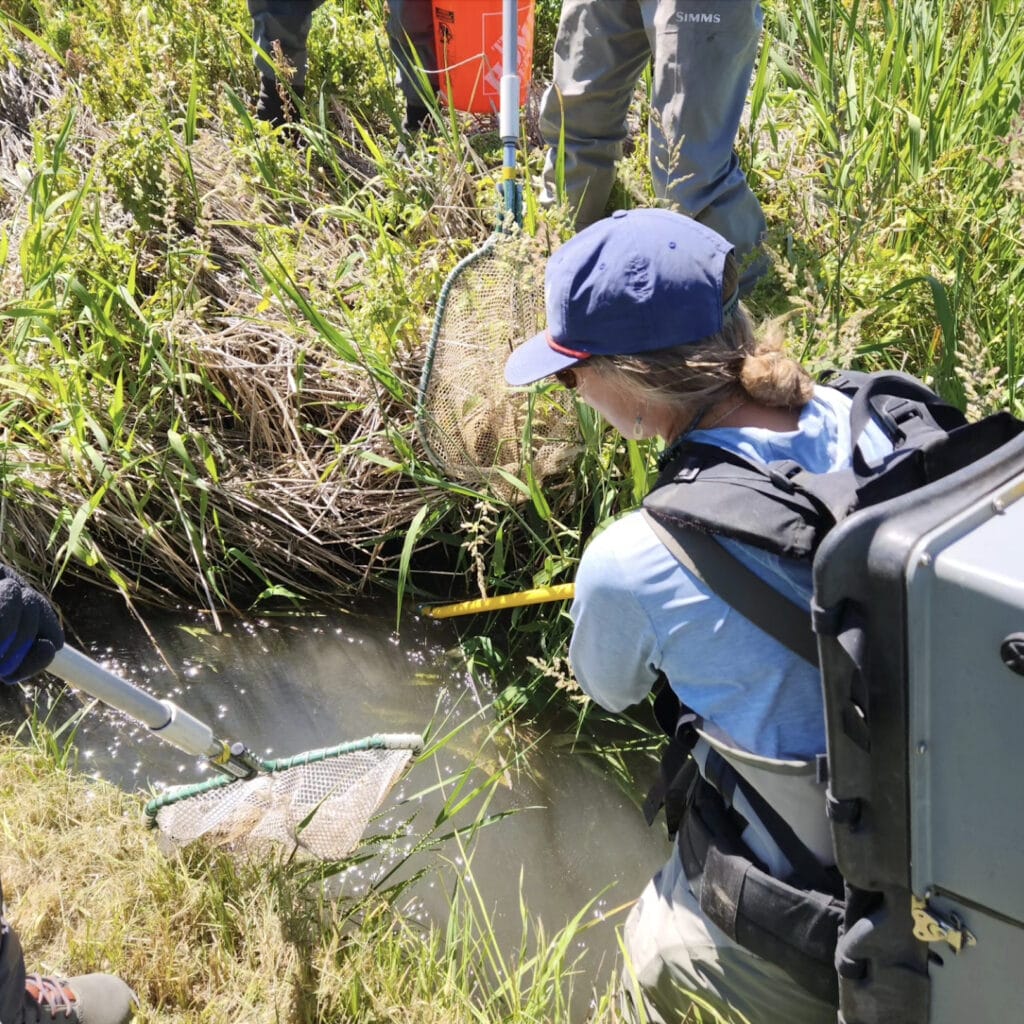
This portion of Mill Creek supports a strong population of resident native cutthroat. Here, public fishing access is abundant and it’s more likely to catch a beautiful Yellowstone Cutthroat. The upper reaches of Mill Creek cater to recreationists of all types: anglers, hikers, hunters, campers and more.
Mill Creek: a race against time
However, it’s only a matter of time until rainbow and brook trout make it up the creek – it’s a race against time for sensitive Yellowstone Cutthroat Trout populations.
In the nineties, the Forest Service built a boulder fish barrier on lower Mill Creek to prevent non-native migration up the Creek, but over the years, boulders have shifted and now rainbow trout are able to make their way above it. They are slowly but surely traveling up the watershed, jeopardizing what’s left of Mill Creek’s native cutthroat population.
In partnership with the Forest Service, TU is building a new fish barrier in upper Mill Creek, above the current extent of rainbow trout. The mosaic of private-public collaboration allows us to leverage Inflation Reduction Act (IRA) and Bipartisan Infrastructure Law (BIL) funding and address our most urgent environmental threats. The new barrier will be made of concrete, and will secure over 10 interconnected stream miles for core Yellowstone Cutthroat populations.
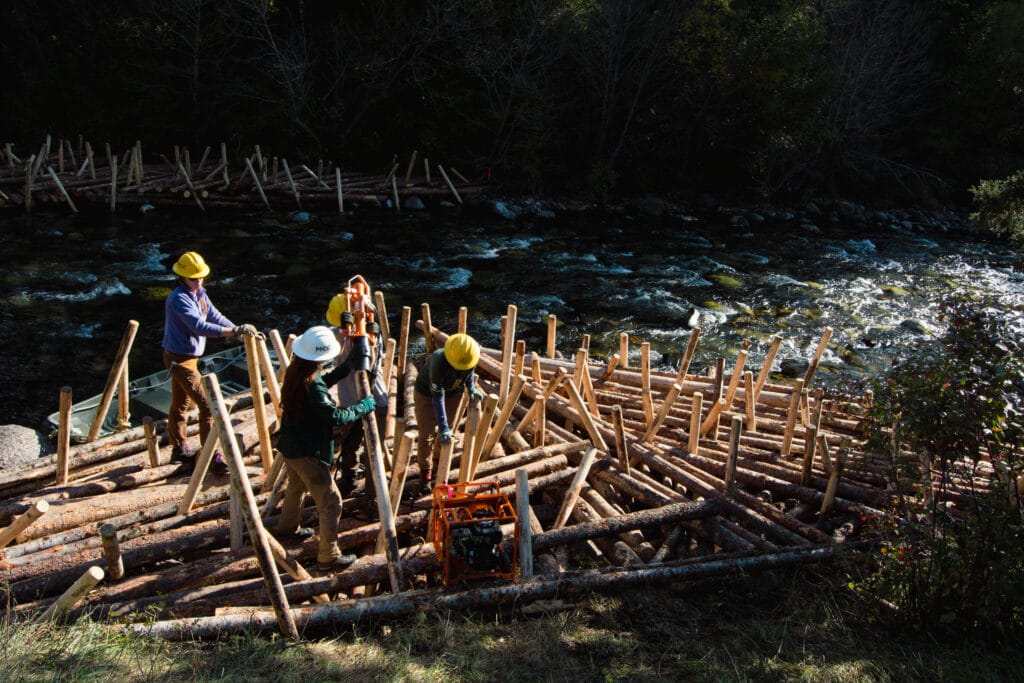
This is just one of many projects that make up a portfolio of actions aimed at protecting Yellowstone Cutthroat in the Basin. Last year, Ashley worked with local landowners, Montana FWP, and Montana Conservation Corps to install woody structures that improve spawning habitat and streamflow. Additionally, her team utilizes a fish trap in the lower reaches to remove non-native trout from Mill Creek. Bit by bit, project by project, partnership by partnership, the fight for Yellowstone Cutthroat survival continues.
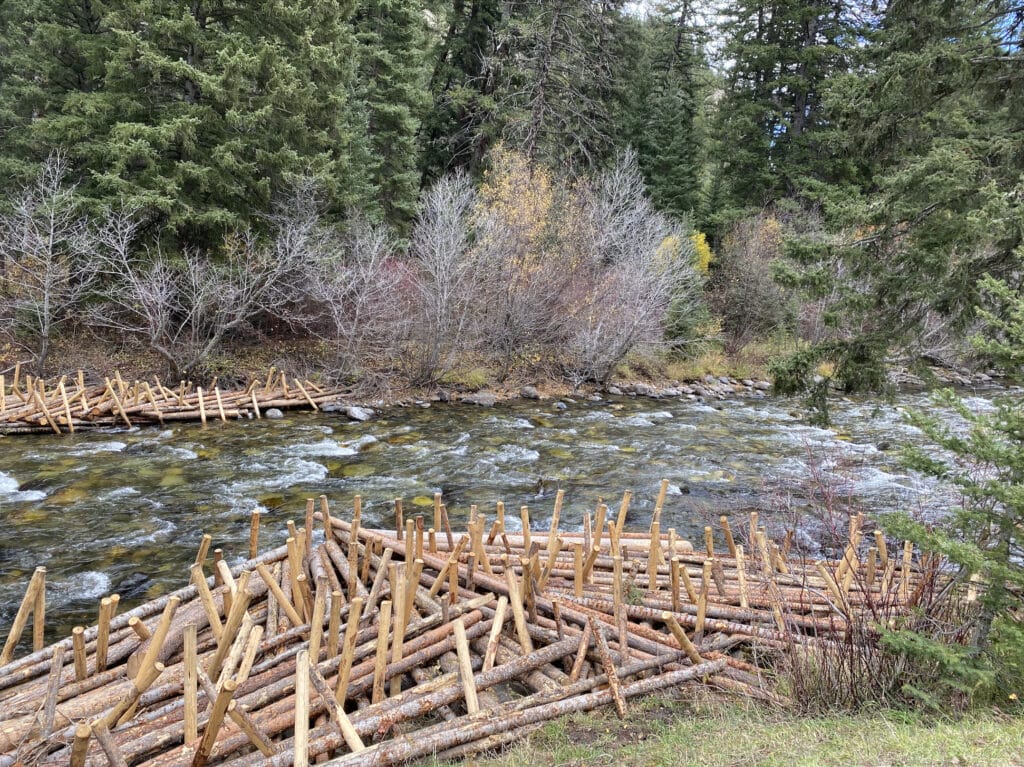
When challenges arise, we adapt – just like Yellowstone Cutthroat
Yellowstone Cutthroat trout have evolved over millions of years. Over time, they have adapted through challenges and changes in the Yellowstone Basin, and we hope they continue for the next million years.
Like these cutthroats, Ashley meets the challenges facing the Yellowstone Basin with perseverance and ingenuity. Delays in project work, time-intensive relationship building, long arduous planning and permitting processes and unexpected circumstances like flooding can always happen in conservation. But seeing the tangible impact these projects have on streamflow and cutthroat populations makes it all worthwhile.
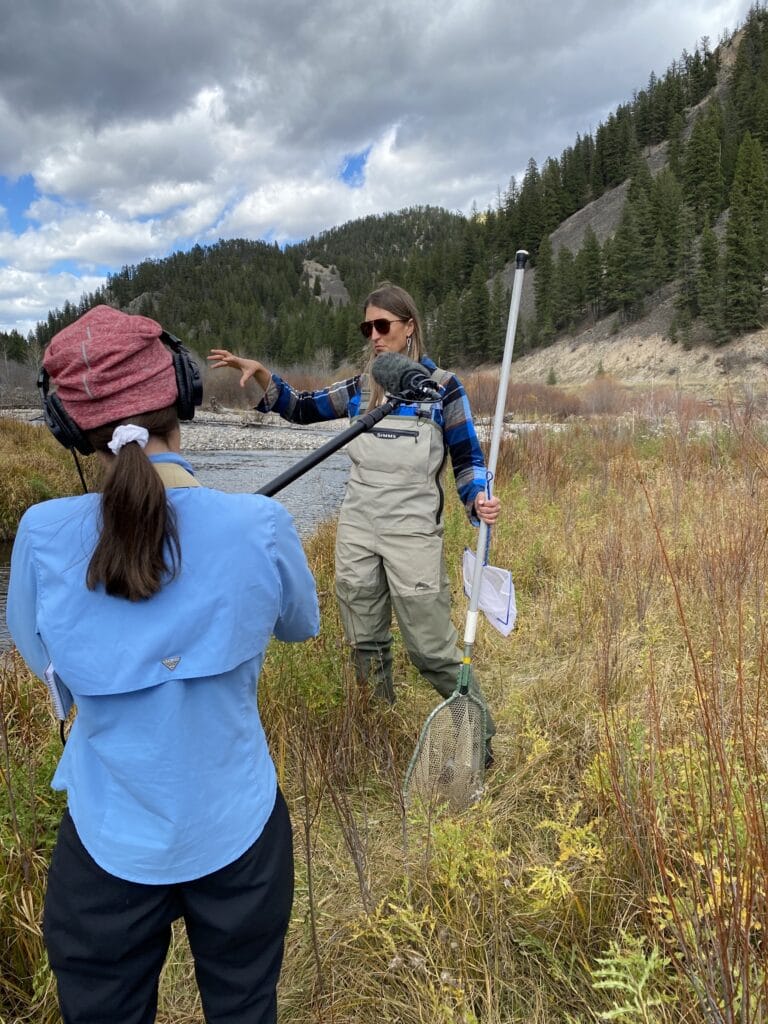
But it’s not just native fish that benefit – Mill Creek and the Yellowstone River are economic drivers for the local community. With millions of tourists visiting each year, the ecological benefits of these projects impact everyone – from anglers to small business to private landowners.
“This is a fishery that people travel across the world to experience,” Ashley said, “it’s essential that we take care of it.”



